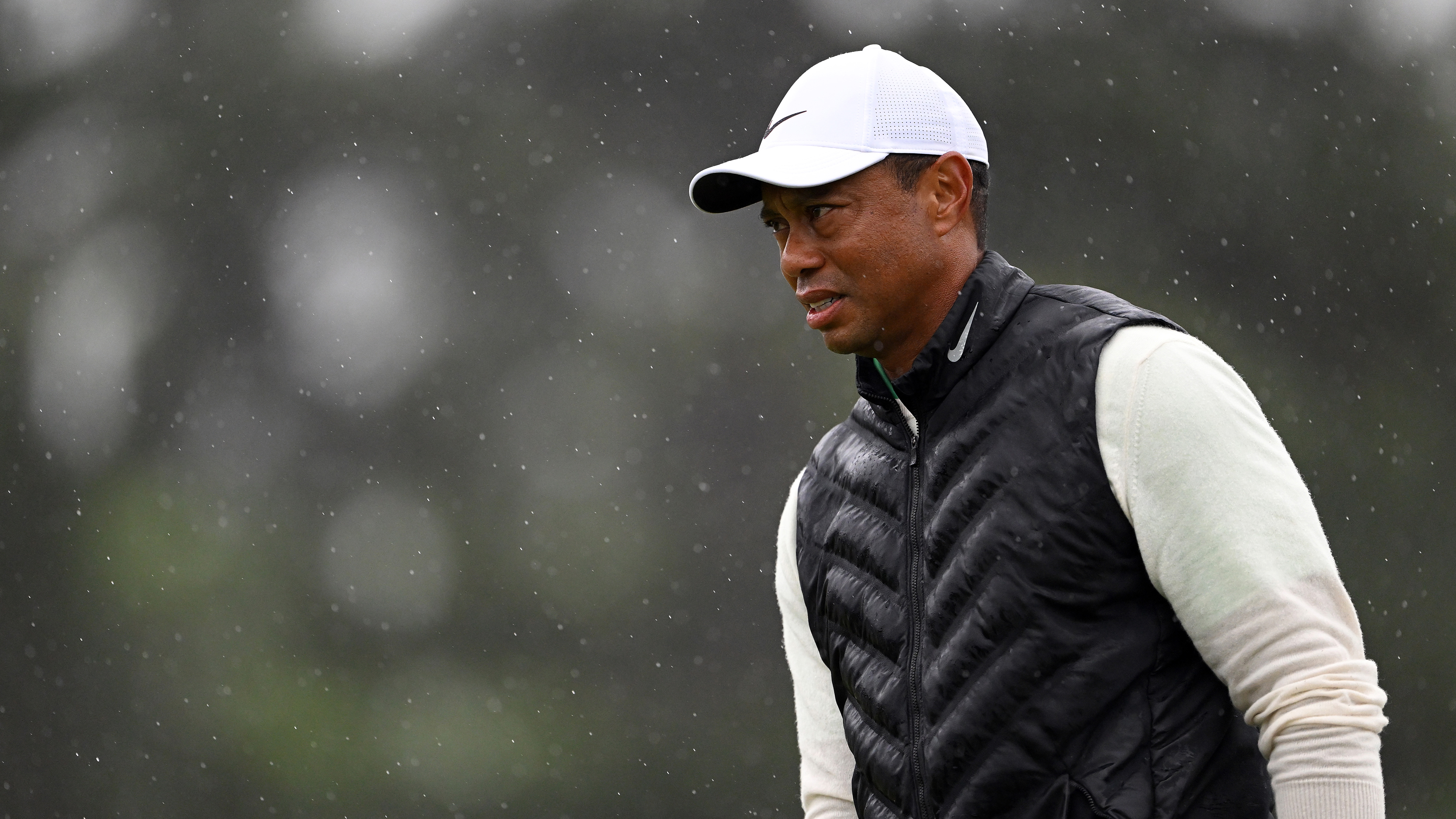
Tiger Woods has withdrawn from next month's US Open at Los Angeles Country Club as he continues to recover from ankle surgery.
The 47-year-old last featured at The Masters in April but was forced to pull out ahead of Sunday's weather-delayed third round after battling to make his 23rd consecutive cut at Augusta National.
Woods was seen limping badly in the cold and damp Georgia conditions and cited a return of his plantar fasciitis as the reason he could no longer continue. In the days following Jon Rahm's victory, the 15-time Major champion announced he had undergone subtalar fusion surgery on his right ankle to alleviate symptoms of arthritis that made it difficult to walk 72 holes.
"Earlier today, Tiger underwent a subtalar fusion procedure to address his post-traumatic arthritis from his previous talus fracture," a statement read. "It was performed by Dr Martin O’Malley at HSS Sports Medicine Institute in New York City. He has determined the surgery to be successful.
"Tiger is currently recovering and looks forward to beginning his rehabilitation."
Now, the USGA has confirmed that Woods will miss his second Major in a row and third consecutive US Open as America's national championship heads to Los Angeles Country Club for the first time.
Woods has won the US Open on three occasions: 2000, 2002 and 2008, when he defeated Rocco Mediate in a playoff at Torrey Pines despite playing with a torn ACL and a double stress fracture on his left leg.
He suffered career-threatening injuries in a horror car crash in February 2021 and has completed an official 72-hole event only twice since: the 2022 Masters and 2023 Genesis Invitational.
Woods has been adamant he will never play a full schedule again but will attempt to play in the Majors and perhaps a couple more events when he feels healthy enough.
It remains to be seen when he will feature again following his latest surgery. We spoke to foot and ankle surgeon and consultant Nima Heidari, who all but ruled out any prospect of Woods teeing it up at this year's Open at Royal Liverpool, where he won the Claret Jug in 2006.
He said: "My usual routine is that you do the operation. They then need to be non-weight-bearing so they can't walk on their heel for up to six weeks. I then do a CT scan to see how the bones are knitting together and then there is a process of gradually increasing the load-bearing on the heel up to the 12-week mark."







